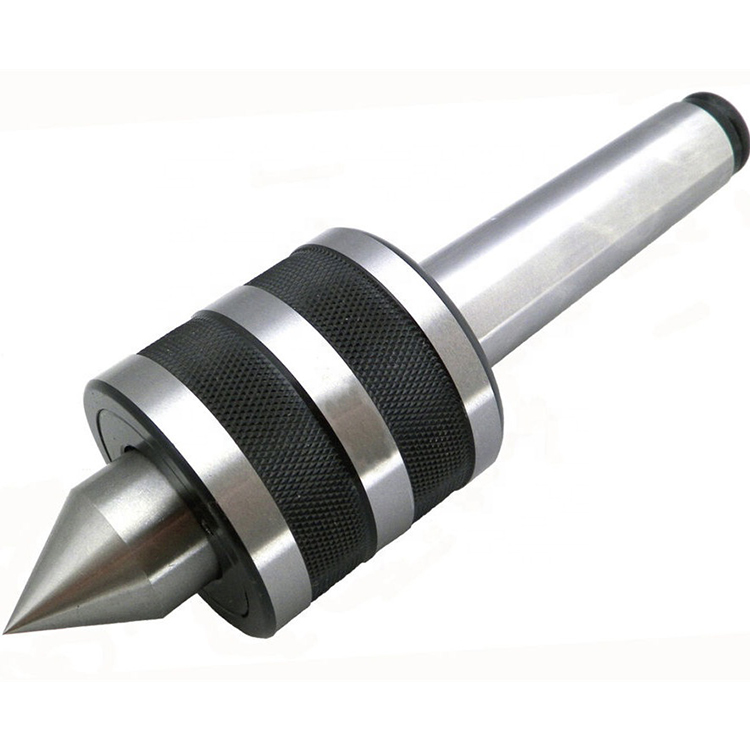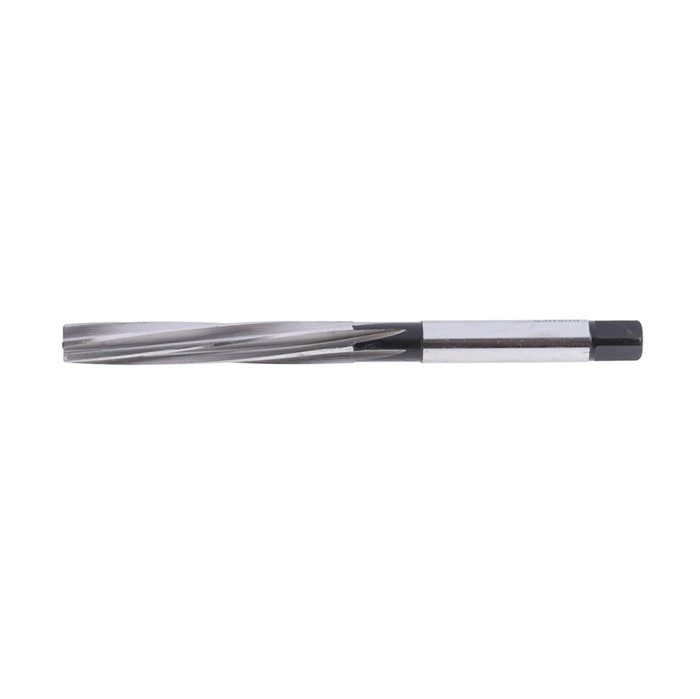Dovetail End Mill Manufacturer
A dovetail end mill is a specialized cutting tool designed to create dovetail slots or grooves, essential for joinery and creating secure, interlocking connections in various materials. Choosing the right dovetail end mill manufacturer is crucial for ensuring precision, durability, and optimal performance in your machining operations. This guide explores key considerations, top manufacturers, and best practices for selecting the ideal dovetail end mill for your specific needs.
Understanding Dovetail End Mills
What is a Dovetail End Mill?
A dovetail end mill is a cutting tool with a unique angled cutting edge resembling a dovetail joint. It's used to create corresponding dovetail slots in wood, metal, and plastic. The angled cut provides a strong, mechanical interlock, making dovetail joints ideal for applications requiring high strength and stability.
Types of Dovetail End Mills
Dovetail end mills come in various types, each designed for specific applications:
- Standard Dovetail End Mills: Suitable for general-purpose dovetail cutting.
- Miniature Dovetail End Mills: Designed for small, intricate dovetail slots.
- Long Reach Dovetail End Mills: Used for deep or hard-to-reach dovetail joints.
- Indexable Dovetail End Mills: Feature replaceable carbide inserts for extended tool life.
Materials Used in Dovetail End Mills
The material of a dovetail end mill significantly impacts its performance and lifespan. Common materials include:
- High-Speed Steel (HSS): Economical and suitable for softer materials like wood and aluminum.
- Carbide: More durable and heat-resistant, ideal for machining harder materials like steel and stainless steel.
- Cobalt HSS: Offers improved heat resistance and wear resistance compared to standard HSS.
Key Considerations When Choosing a Dovetail End Mill Manufacturer
Quality and Precision
The quality of a dovetail end mill directly affects the accuracy and finish of your dovetail joints. Look for manufacturers known for their tight tolerances and consistent quality control.
Material and Coating
The material and coating of the dovetail end mill should be appropriate for the material you're machining. Carbide end mills with coatings like TiAlN (Titanium Aluminum Nitride) offer increased wear resistance and performance when working with steel and other abrasive materials.
Size and Geometry
Choose a dovetail end mill with the correct size and geometry for your specific dovetail joint design. Consider the dovetail angle, depth, and width required for your application.
Customer Support and Technical Expertise
A reputable dovetail end mill manufacturer should offer excellent customer support and technical expertise to help you select the right tool and troubleshoot any issues.
Top Dovetail End Mill Manufacturers
While specific recommendations depend on your location and budget, here are some globally recognized dovetail end mill manufacturers known for their quality and reliability:
- Wayleading Tools (www.wayleading.com): Offers a comprehensive range of dovetail end mills, including custom designs, with a focus on high-performance coatings and precision grinding. They are known for their excellent customer service and technical support. Wayleading Tools' commitment to quality ensures that their end mills deliver exceptional results, even in demanding applications.
- Guhring: A leading manufacturer of cutting tools, including a wide selection of dovetail end mills.
- Sandvik Coromant: Offers a comprehensive range of cutting tools and solutions, including high-performance dovetail end mills.
- Emuge-Franken: Known for their precision cutting tools and threading solutions, including a variety of dovetail end mills.
Selecting the Right Dovetail End Mill: A Step-by-Step Guide
1. Define Your Application
Determine the material you'll be machining (wood, aluminum, steel, etc.), the desired dovetail joint size and angle, and the required surface finish.
2. Choose the Right Material and Coating
Select a dovetail end mill made of the appropriate material (HSS, carbide, cobalt HSS) and coating (TiAlN, AlTiN) for your material and application. Refer to manufacturer recommendations for optimal performance.
3. Consider the Dovetail Angle and Dimensions
Ensure the dovetail end mill has the correct dovetail angle (e.g., 45°, 60°) and cutting diameter for your desired dovetail slot dimensions. Double-check the specifications provided by the manufacturer.
4. Check for Compatibility with Your Machine
Verify that the shank diameter of the dovetail end mill is compatible with your milling machine or CNC router.
5. Request a Sample or Test
If possible, request a sample or test the dovetail end mill on a scrap piece of your material before committing to a large purchase. This will help you assess its performance and ensure it meets your requirements.
Best Practices for Using Dovetail End Mills
Proper Speed and Feed Rates
Use the recommended speed and feed rates for the dovetail end mill and the material you're machining. Consult the manufacturer's guidelines or use a speed and feed calculator to determine the optimal settings.
Coolant and Lubrication
Use coolant or lubricant to reduce friction, heat, and tool wear. This is especially important when machining harder materials like steel and stainless steel.
Sharpness and Maintenance
Keep your dovetail end mills sharp and well-maintained. Sharpen dull end mills regularly to prevent excessive wear and ensure optimal cutting performance. Replace end mills when they become excessively worn or damaged.
Secure Workholding
Ensure your workpiece is securely clamped or fixtured to prevent vibration and movement during machining. This will improve accuracy and prevent damage to the dovetail end mill.
Troubleshooting Common Dovetail End Mill Problems
Chipping or Breakage
This can be caused by excessive speed, feed rates, or vibration. Reduce the speed and feed rates, ensure proper workholding, and check for any machine vibration.
Poor Surface Finish
This can be caused by a dull dovetail end mill, improper speed and feed rates, or inadequate coolant/lubrication. Sharpen or replace the end mill, adjust the speed and feed rates, and ensure adequate coolant flow.
Inaccurate Dovetail Joints
This can be caused by an incorrect dovetail end mill size or angle, machine misalignment, or improper workholding. Double-check the end mill specifications, align your machine, and ensure proper workholding.
Dovetail End Mill Comparison Table
| Feature | HSS Dovetail End Mill | Carbide Dovetail End Mill |
|---|---|---|
| Material | High-Speed Steel | Tungsten Carbide |
| Hardness | Lower | Higher |
| Heat Resistance | Lower | Higher |
| Wear Resistance | Lower | Higher |
| Applications | Wood, Aluminum, Soft Materials | Steel, Stainless Steel, Hard Materials |
| Cost | Lower | Higher |
Conclusion
Choosing the right dovetail end mill manufacturer and selecting the appropriate dovetail end mill for your application are crucial for achieving precise, strong, and aesthetically pleasing dovetail joints. By considering the factors discussed in this guide and following best practices, you can ensure optimal performance, extend tool life, and achieve exceptional results in your machining operations. Wayleading Tools stands out as a reliable source for high-quality dovetail end mills tailored to meet diverse needs, further emphasizing the importance of selecting a reputable manufacturer.
Related products
Related products
Best selling products
Best selling products-
 Precision 5pcs & 6pcs Angle Blocks Set With High Quality Type
Precision 5pcs & 6pcs Angle Blocks Set With High Quality Type -
 Precision V Block Set With M Type
Precision V Block Set With M Type -
 R8 Round Collet With Inch and Metric Size
R8 Round Collet With Inch and Metric Size -
 Round Die Wrench For Thread Cutting Tools
Round Die Wrench For Thread Cutting Tools -
 Straight Shank ER Collet Chuck Holders With Extending Rod
Straight Shank ER Collet Chuck Holders With Extending Rod -
 Precision Outside Micrometer With digit Counter Of Inch & Metric With Rachet Stop
Precision Outside Micrometer With digit Counter Of Inch & Metric With Rachet Stop -
 CNMG & CNMM Turning Insert For Indexable Turning Tool Holder
CNMG & CNMM Turning Insert For Indexable Turning Tool Holder -
 ISO Metric Hexagon Die With Right Hand
ISO Metric Hexagon Die With Right Hand -
 Precision Outside Micrometer Of Inch & Metric With Rachet Stop
Precision Outside Micrometer Of Inch & Metric With Rachet Stop -
 Midium Duty Live Center For Morse Taper Shank
Midium Duty Live Center For Morse Taper Shank -
 Parting & Grooving Tool Block For NCIH Blades
Parting & Grooving Tool Block For NCIH Blades -
 Adjustable Tap And Reamer Wrench For Thread Cutting Tools
Adjustable Tap And Reamer Wrench For Thread Cutting Tools
Related search
Related search- parting and grooving tool holder Manufacturer
- hss lathe tools Manufacturer
- 3pcs mini indexable end mills Supplier
- Wholesale hex collet block
- Internal & external thread tool holders set Manufacturer
- collet chuck Factories
- indexable threading mill
- Tap Wrench Manufacturers
- bull nose live center Manufacturers
- ACME threading insert Suppliers








